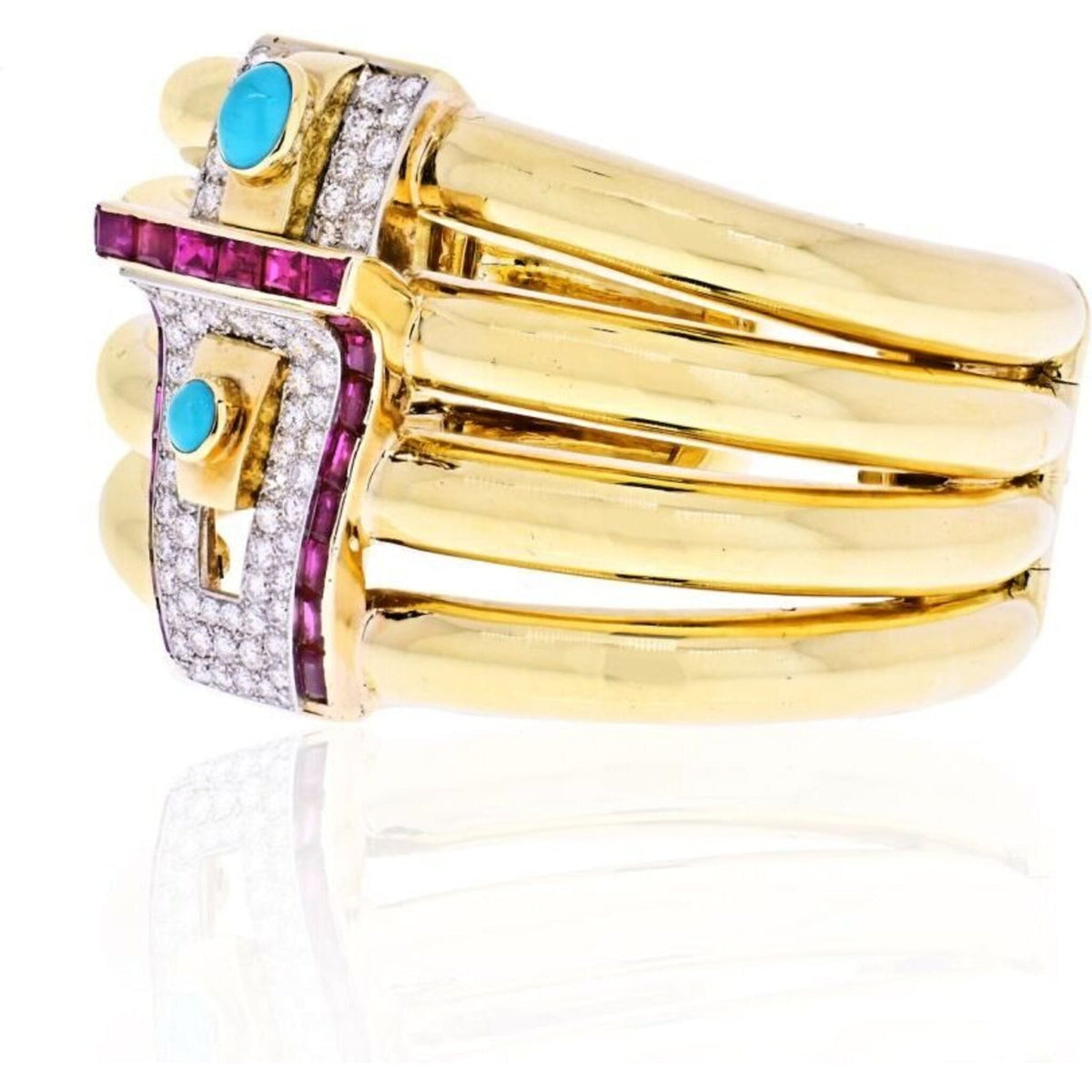How Does Gold Shine Mathematically?

The lustrous shine of gold is not just a matter of beauty, but also of fascinating science. This precious metal's unique glow can be explained through a mix of quantum mechanics and the principles of special relativity, a concept that alters our understanding of how light interacts with matter.
The color of gold is largely a result of how it absorbs and reflects light. Typically, metals reflect most of the light spectrum, giving them a shiny appearance. Gold, however, absorbs light at the blue end of the spectrum more effectively due to relativistic effects on its electrons. In gold, the electrons in the 5d orbital are relativistically contracted, increasing their effective mass due to their high velocity, which is a significant fraction of the speed of light. This contraction stabilizes the 5d orbitals and raises their energy, making the energy gap between the 5d and 6s orbitals smaller. When light interacts with these electrons, blue light is absorbed, and light from the yellow-red part of the spectrum is reflected, giving gold its characteristic yellow shine.
To put more simply, gold's electrons move at relativistic speeds, close to the speed of light, due to its heavy atomic nucleus. This results in a phenomenon known as relativistic effects, which significantly alter the physical properties of gold at the atomic level. Unlike lighter metals, gold absorbs light in the blue spectrum due to these effects, reflecting a charming yellow hue that captivates jewelers and buyers alike.
From an artistic standpoint, the shine of gold adds unparalleled warmth and luxury to any piece of jewelry. At Robinson's Jewelers, we harness this splendid radiance to craft pieces that not only dazzle but are steeped in scientific marvel. Whether it's a classic engagement ring or a bold cuff bracelet, gold's allure is timeless, making every piece a treasure.